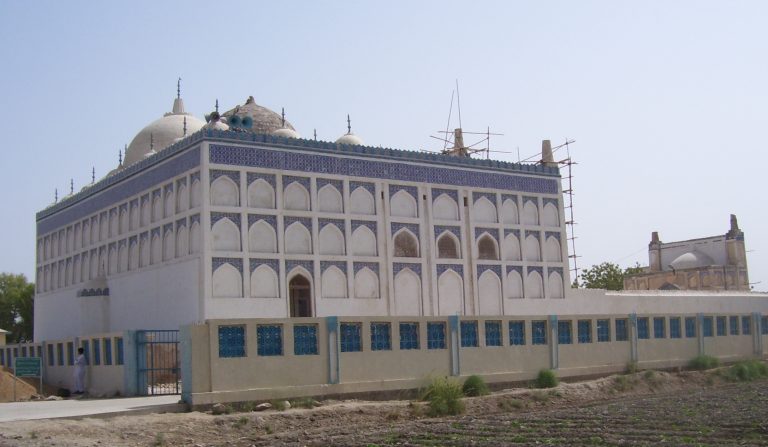
The walls of mosques are decorated with beautiful tiles, fresco paintings and the calligraphy.
Aziz Kingrani
Mian Naseer Muhammad Kalhoro was first leader of Mianwal Movement who received legacy in 1657 and established interim government on a small part of Sindh. He passed away in 1692 and his elder son Mian Deen Muhammad Kalhoro continued his legacy. During the period of Mian Deen Muhammad, Mughal prince Moezuddin attacked Sindh in about 1700. Mian Deen Muhammad Kalhoro surrendered but his younger brother Mian Yar Muhammad Kalhoro was against the surrender. He fought with Mughal army at Torre (village) along the bank of Nai Gaj which is now in Johi Taluka of Dadu District Sindh. In bloody battle commanders of both sides were killed. Mian Yar Muhammad Kalhoro could not face the Mughal army and left Sindh to Khan of Qalat for getting shelter. Mian Deen Muhammad Kalhoro was arrested and later killed in Multan jail in 1700.
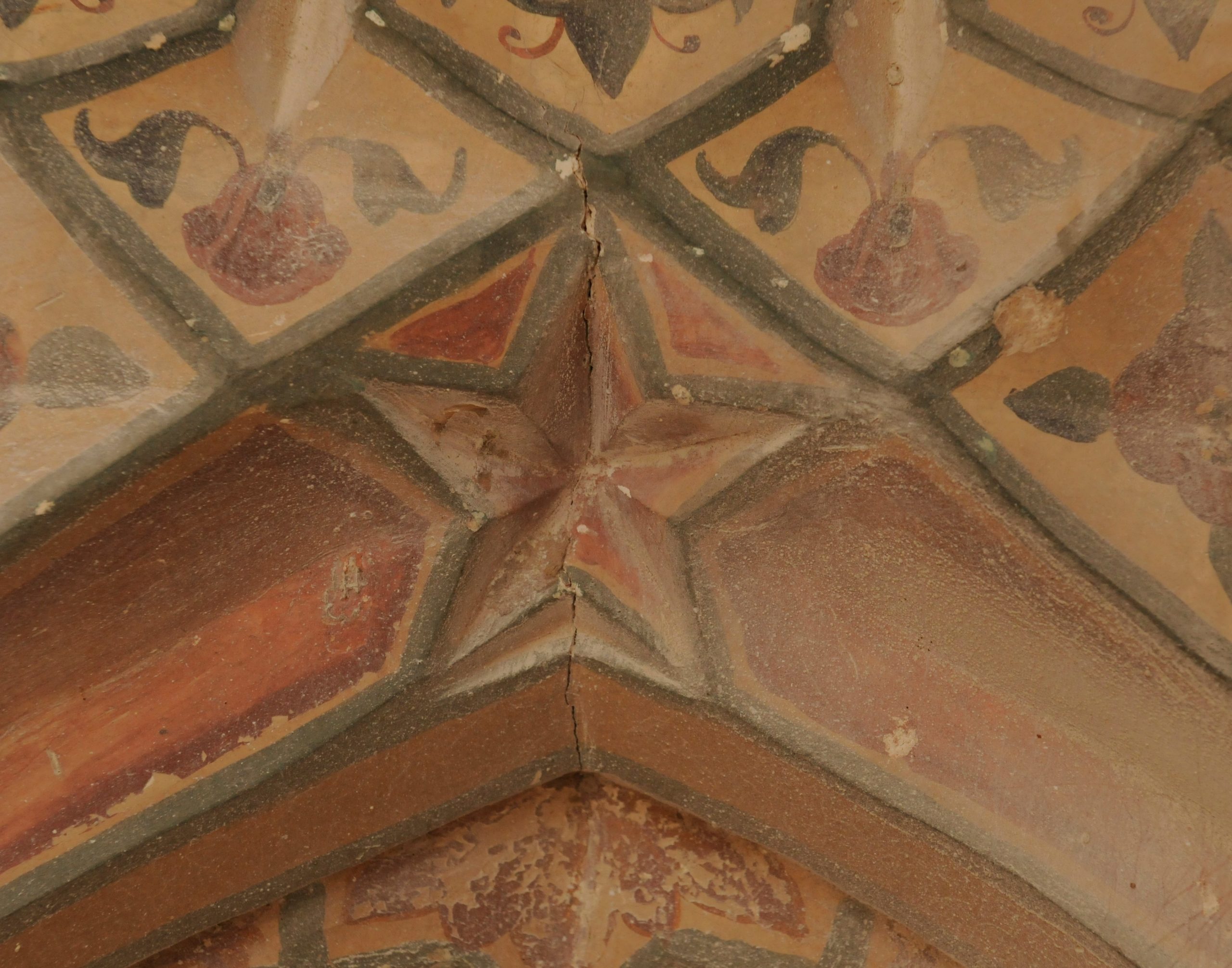
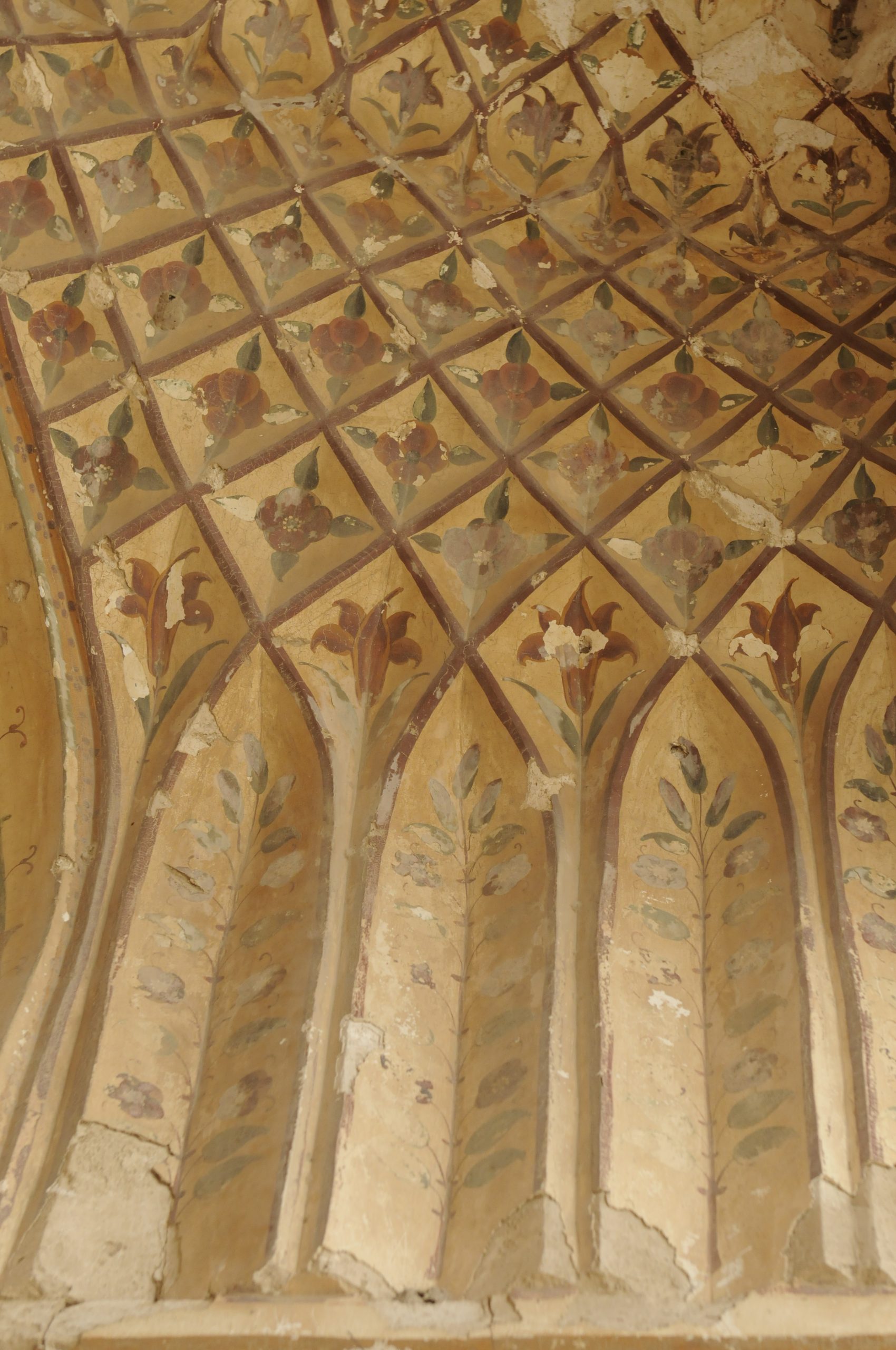
After a year, in 1701, Mian Yar Muhammad Kalhoro returned from Qalat state to Sindh and strengthened Mianwal Movement. But, for power, he surrendered before Mughals. While receiving title of ‘Khudayar Khan’ in 1718 by Mughals he became first Kalhora ruler and pioneer of Kalhora dynasty in Sindh. He possessed ‘Shikarpur Penwarki’, a village of Panhwar tribe and established ‘Khudabad’, first capital town of Kalhora dynasty, where Jamia Mosque Khudabad was constructed.
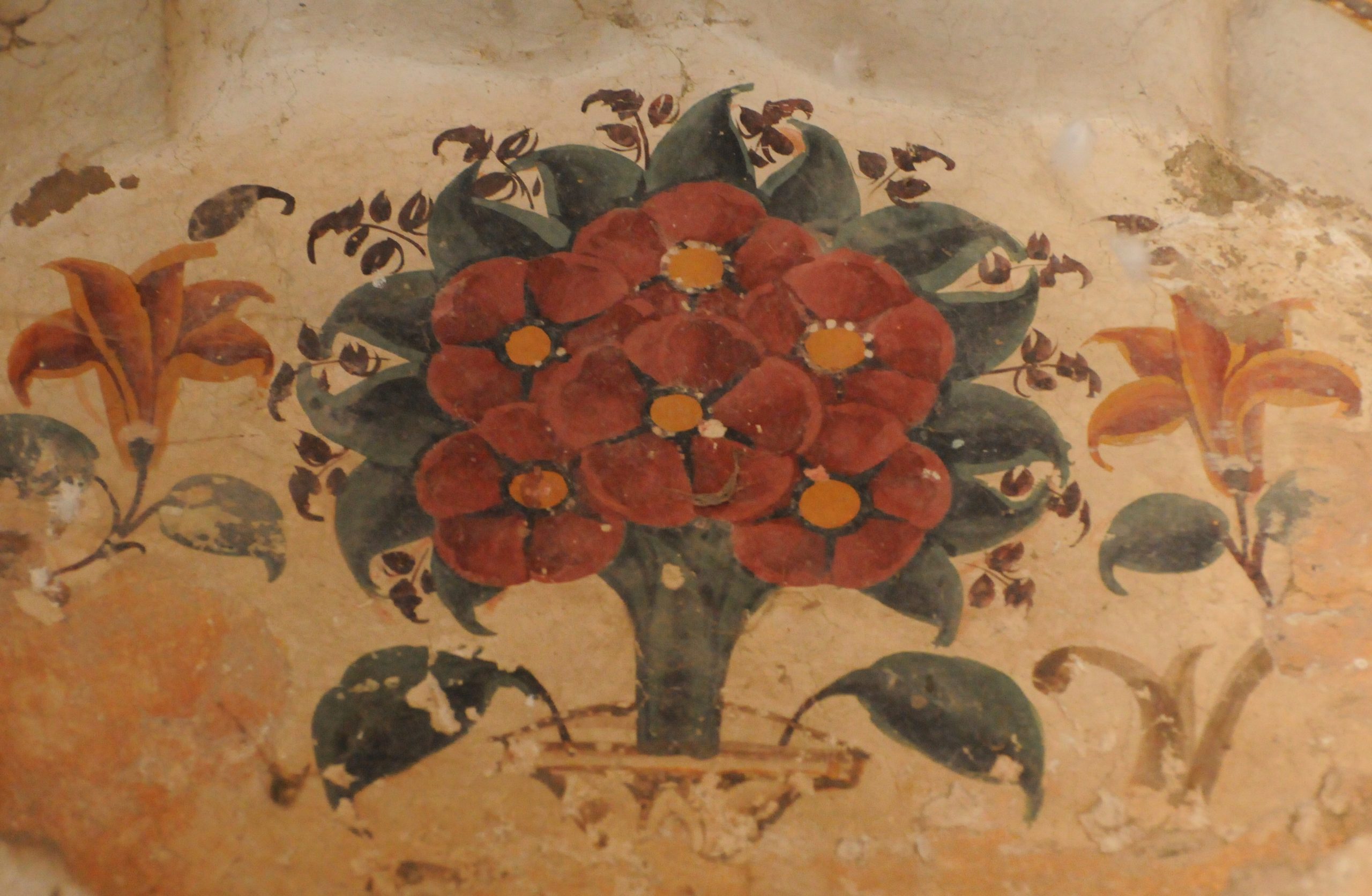
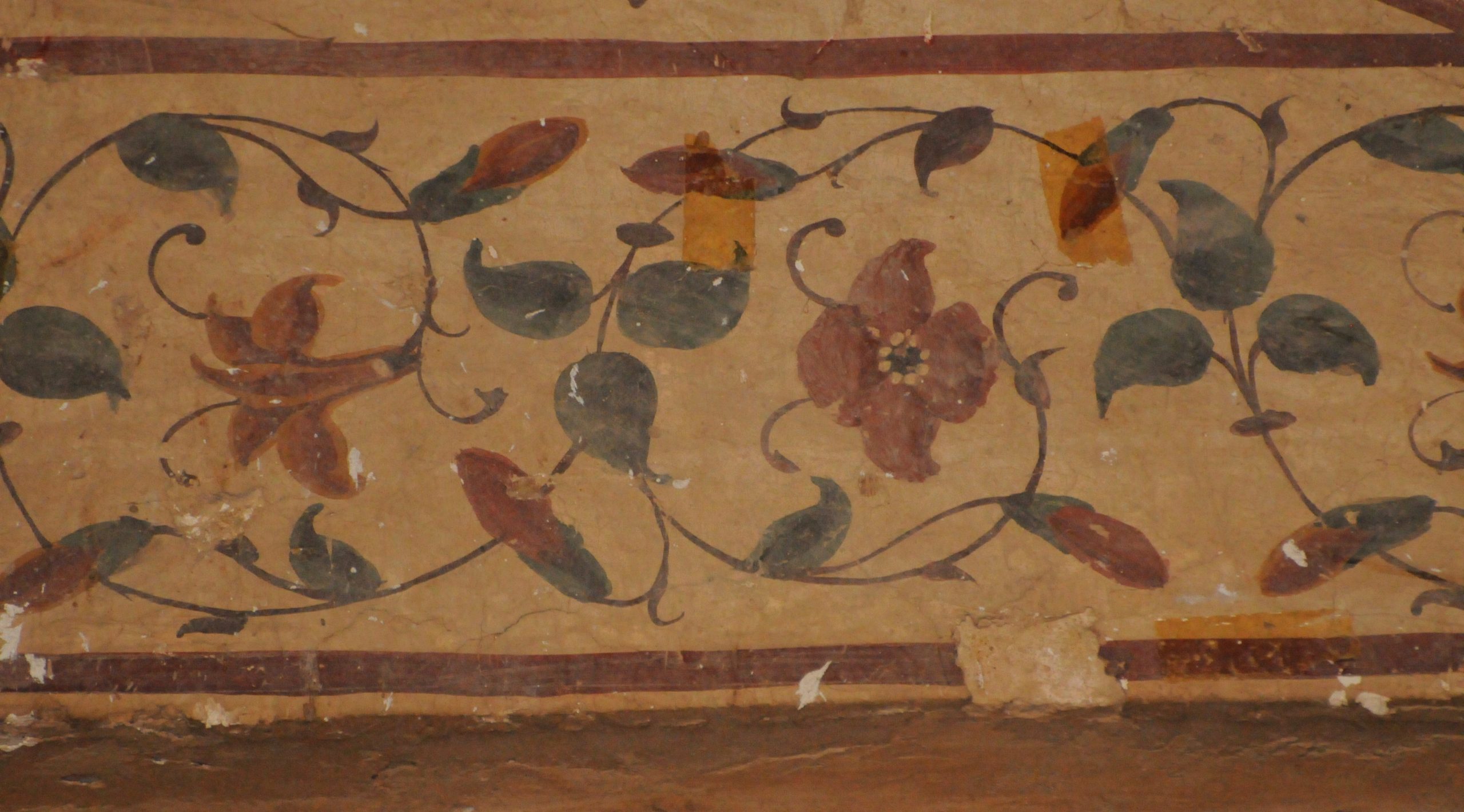
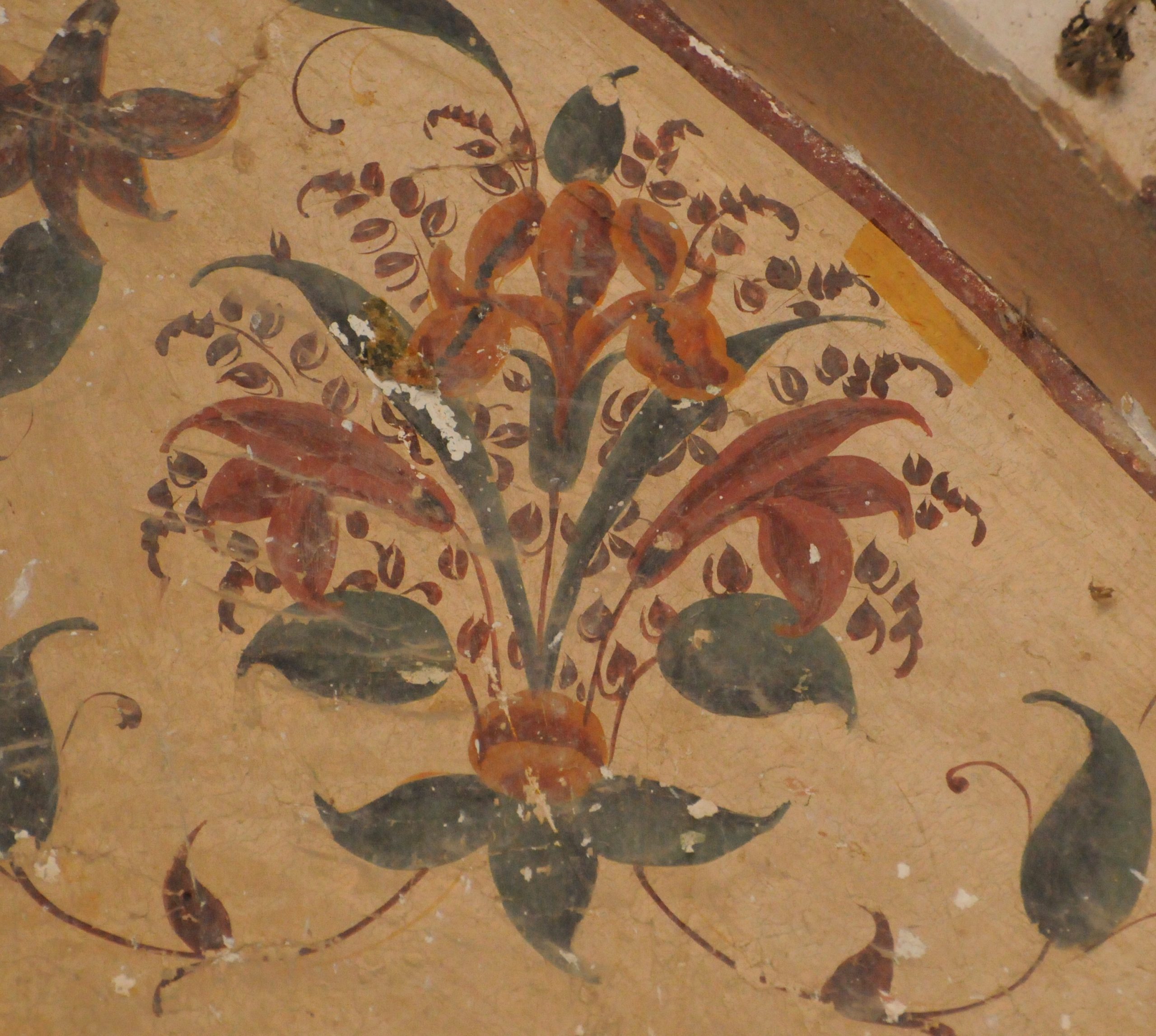
The Jamia Mosque Khudabad-I is located along the Indus Highway at present town of Khudabad, Dadu District of Sindh. It is at a distance of about 10 kilometers from Dadu city to the south and at the same distance from town of Bhaan Syedabad, District Jamshoro to the north. Some historians hold that the Jamia mosque was constructed during the realm of Mian Yar Muhammad Kalhoro between 1701 and 1718. While, the others are of the opinion that the base of Mosque was laid by Mian Yar Mohammad Kalhoro and it was completed by Mian Noor Muhammad Kalhoro. The Jamia Mosque Khudabad-I had served as school as well as for military training.
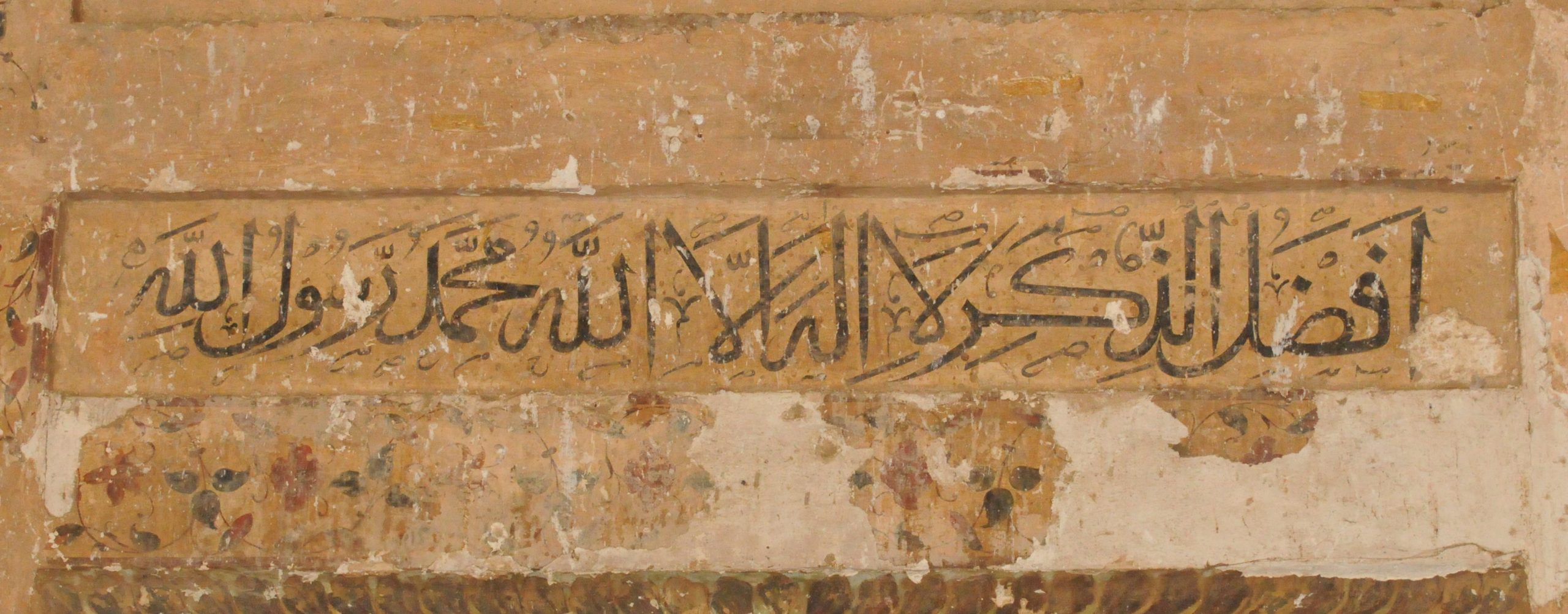
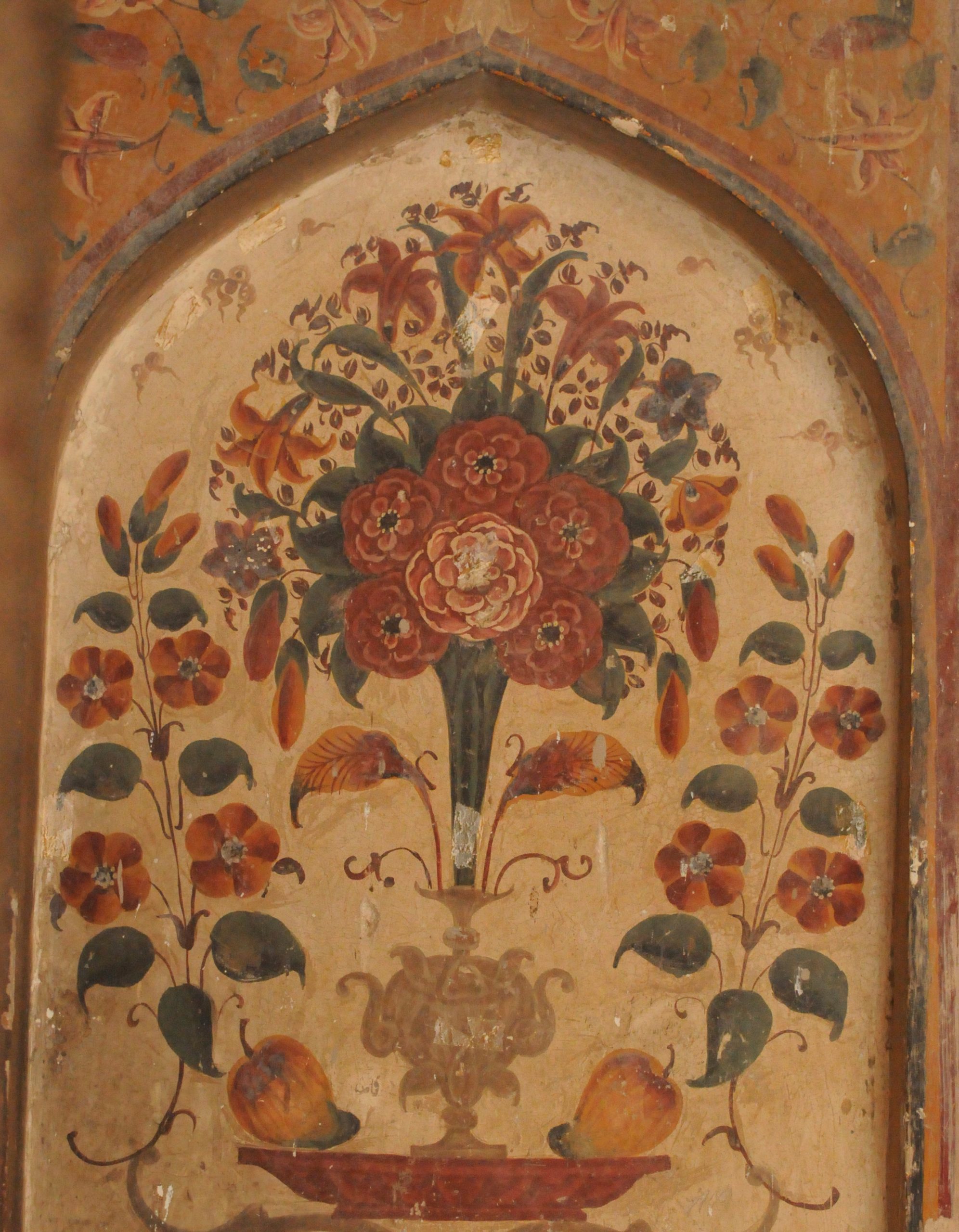
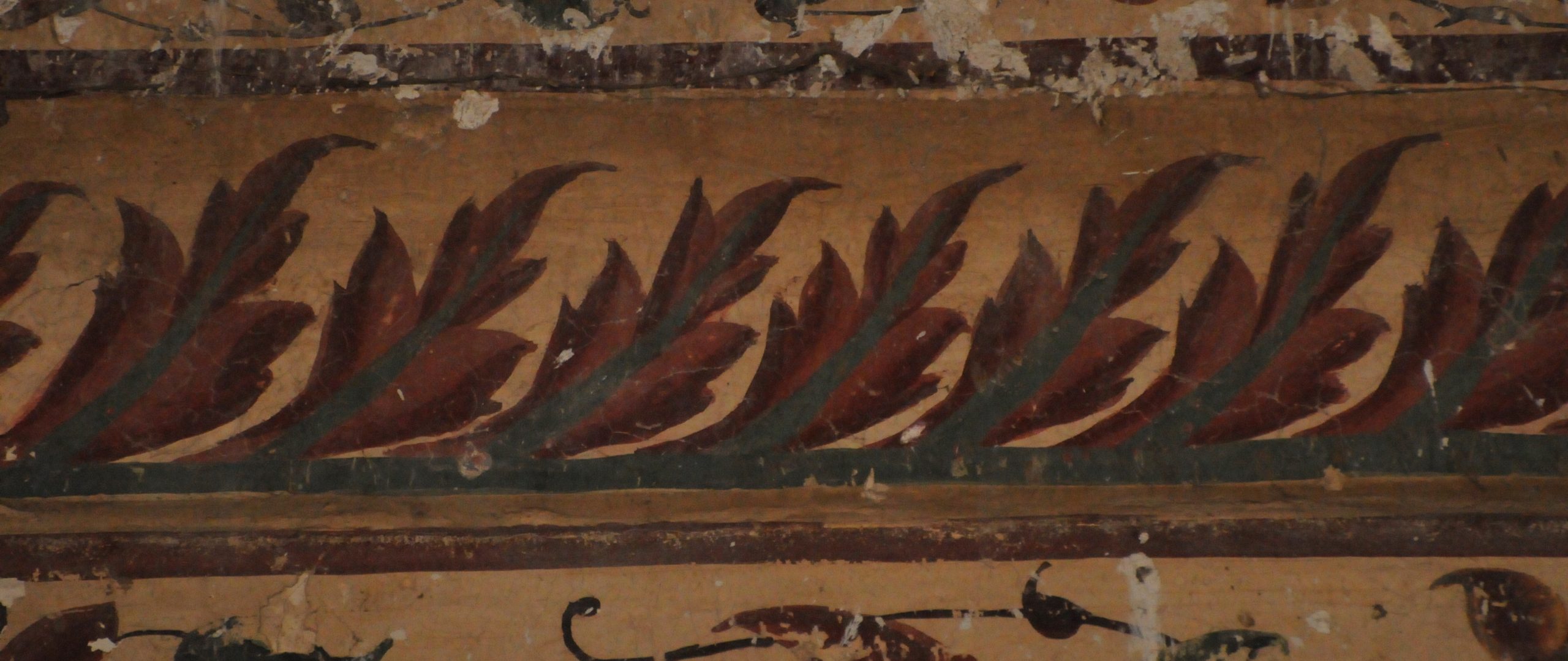
The mosque has two parts – one is 80 ft. in length and 21 ft. in width. And the second portion is 80 ft. in length and 25 ft. in width. The height of mosque is about 34 ft. Its walls are decorated with beautiful tiles and fresco paintings. The calligraphy can be observed on the walls of the mosque as well. The fresco paintings on the walls of the mosque are the best example of Mughal and Islamic art of painting. The different types of floral, foliated, geometrical and other designs are depicted on inner walls of the mosque. The lotus, Lilly, chrysanthemum and other flowers and leaves adorn the walls of the mosque. Different kinds of fruits and vegetables are decorated in amulet patterns. The bouquets of several flowers are represented on the walls of mosque. This Badshahi mosque of Khudabad-I is wonderful historic and touristic heritage of Dadu District.
________________
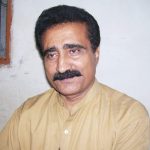 Aziz Kingrani, hailing from village Haji Manik Kingrani, Johi, Dadu District, Sindh, Pakistan, is poet, short story writer, playwright and a research scholar. He has been contributing in the fields of history and literature since five decades. He has served as a professor as well. His 17 books are published in English and Sindhi language. His articles in English, Sindhi and Urdu have been published in various newspapers and magazines.
Aziz Kingrani, hailing from village Haji Manik Kingrani, Johi, Dadu District, Sindh, Pakistan, is poet, short story writer, playwright and a research scholar. He has been contributing in the fields of history and literature since five decades. He has served as a professor as well. His 17 books are published in English and Sindhi language. His articles in English, Sindhi and Urdu have been published in various newspapers and magazines.